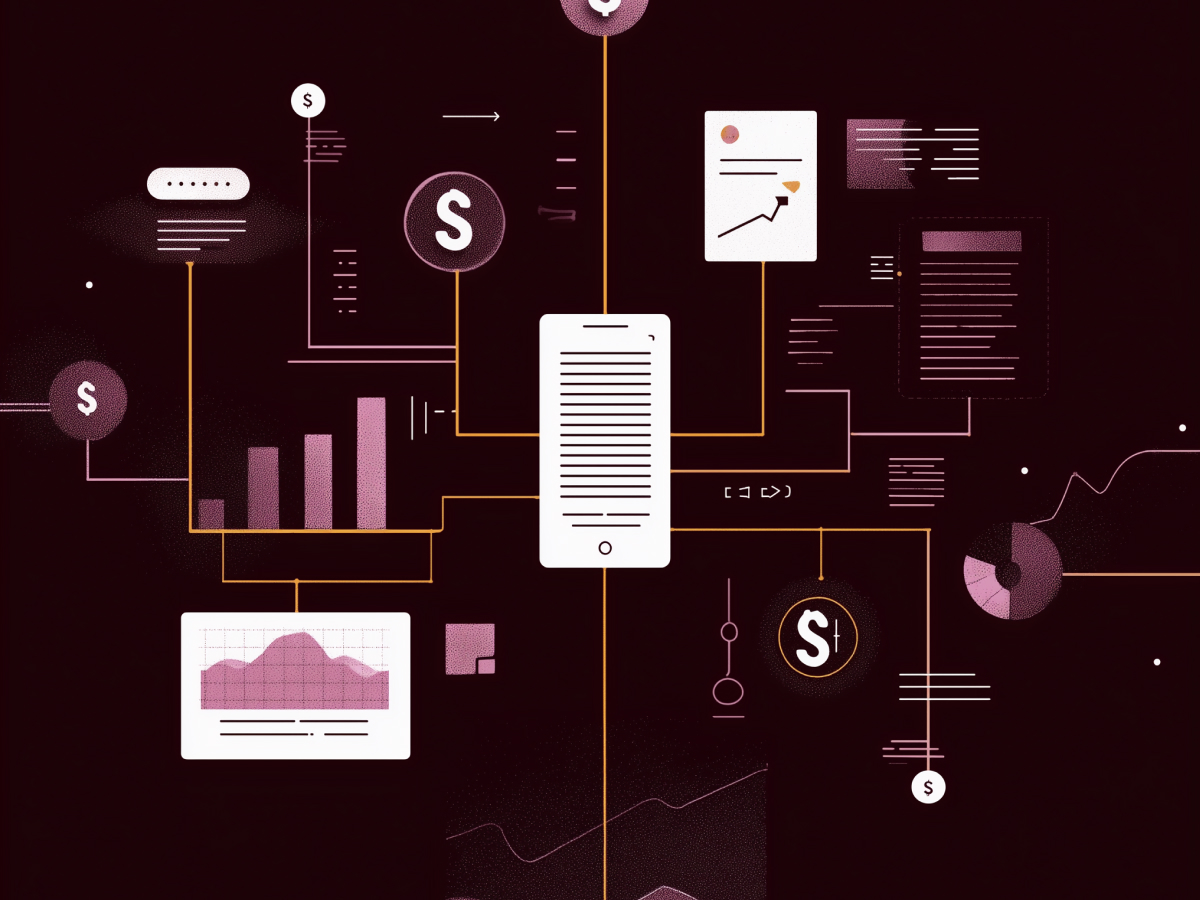Personalization is no longer optional in today’s market
To succeed in a market where personalization is becoming the baseline, companies must align their strategies with consumers’ evolving expectations. Modern consumers expect tailored experiences that reflect their unique preferences.
This shift in consumer behavior is shaping competitive dynamics, requiring businesses to personalize effectively to attract and retain customers. Companies that lag risk eroding customer loyalty and missing valuable growth opportunities.
Meeting rising consumer expectations for tailored experiences
Demand for personalization has increased sharply as consumers grow accustomed to curated digital experiences. A recent survey by Optimizely shows that 75% of consumers are more inclined to purchase from brands that deliver personalized experiences. This has grown in part due to advancements in technology, which make it possible for companies to anticipate individual needs more accurately than ever before.
Consumers increasingly prefer brands that can recommend products, services, or content aligned with their preferences, and they quickly grow frustrated when their experiences feel generic. Brands must leverage consumer insights to meet this demand, or risk losing relevance and market share.
The cost of falling behind on personalization
Failure to deliver personalization can be costly. Companies that don’t adapt are likely to lose customers to competitors who do provide these tailored experiences.
Today’s consumers are no longer as loyal to brands simply based on product quality; they look for an experience that aligns with their preferences.
As companies like Amazon, Netflix, and Spotify continue to raise the bar with highly sophisticated personalization, other brands in different sectors must follow suit to remain competitive.
Companies that fail to prioritize personalization risk alienating customers and may find it difficult to recover from these setbacks in customer trust and engagement.
Top challenges stalling personalization success and how to overcome them
While personalization is increasingly seen as essential, many organizations encounter complex hurdles that delay progress—ranging from fragmented data and analytics to scaling and real-time implementation issues.
Each of these factors contributes to making personalization more challenging and less effective than it could be.
Executives report several core challenges in implementing personalization, according to data from the recent Optimizely survey:
- Data fragmentation: 44% cite fragmented data as a primary obstacle due to disconnected data sources, often resulting from rapid digital growth. This leaves critical information spread across multiple platforms and departments.
- Insufficient analytics capabilities: 43% of executives report a lack of analytics capabilities, which limits effective tracking and optimization of personalization efforts.
- Scaling personalized experiences: 40% of companies struggle to scale personalized experiences across a broad customer base.
- Real-time personalization: 39% find real-time personalization difficult to implement effectively.
- Managing disjointed workflows: 36% of executives report that managing disconnected workflows is a barrier to seamless personalization across various touchpoints.
Protecting budgets by improving personalization outcomes
In the face of these challenges, the financial implications of ineffective personalization are major. Nearly 43% of companies risk budget reductions if they cannot deliver successful personalization results. This arises because, as budgets expand, so do expectations for return on investment.
Companies that fail to deliver effective personalization may find resources diverted to other initiatives—highlighting the importance of improving personalization to drive revenue and protect and justify continued investment in personalization technology and strategy.
Closing the personalization gap—Key areas for improvement
Organizations need to advance their personalization capabilities and improve alignment across teams. Many companies recognize that their current approaches are insufficient, leading to an increase in budgets and strategic shifts.
Why companies need to advance their personalization capabilities now
Nearly 86% of executives indicate a need for more advanced personalization capabilities, as the current technology stack often falls short in delivering real-time, dynamic experiences.
To address this, 62% of companies have boosted their personalization budgets in 2024—a proactive approach to bridging the capability gap—reflecting a clear recognition that personalization is central to growth and customer satisfaction.
Through improving technical capabilities, companies can better serve customers in a way that meets modern expectations, reducing the risk of customer churn and strengthening brand loyalty.
Aligning teams on a clear definition of personalization
Despite its importance, personalization remains inconsistently defined across organizations, with only 26% of executives reporting a cohesive understanding of what personalization entails.
Lack of clarity here leads to fragmented efforts and misaligned goals.
A unified definition and strategy are key, making sure each department—from marketing to IT—works toward the same personalization objectives.
Organizations that actively develop and improve alignment are better positioned to implement cohesive and effective personalization strategies, which can lead to stronger customer engagement and a clearer measurement of success.
How to effectively measure personalization success
Measuring the success of personalization efforts requires selecting appropriate metrics that reflect real business impact. Companies often lack a consistent approach, however, leading to difficulty in tracking ROI.
Key metrics to track ROI in personalization initiatives
Executives currently rely on a few key metrics to evaluate personalization outcomes, though there is room for refinement:
Sales per customer is tracked by 49%, followed by time spent on site or page engagement (45%) and customer retention (44%). Each of these metrics provides insight into specific aspects of personalization’s impact, yet no single metric dominates as a clear indicator of success.
Diverse results here show that companies often take a piecemeal approach rather than leveraging a holistic view of personalization’s effectiveness.
Solving the measurement challenge in personalization
Without a single dominant metric, many organizations struggle to benchmark personalization success effectively. Lack of consistency in tracking and evaluation complicates ROI measurement, limiting executives’ ability to understand which strategies are most impactful.
To address this, companies might benefit from developing a set of standardized KPIs tailored to personalization goals, creating a more unified view of personalization’s value.
Impactful strategies to jumpstart your personalization journey
To achieve effective personalization, organizations must start with foundational tools and reliable data. A well-integrated, clear approach can prevent early setbacks.
Streamlining tools for smarter audience management
An audit of existing personalization tools can reveal inefficiencies and help companies consolidate fragmented systems. Prioritizing audience management tools with strong integration capabilities is essential, as it lets companies unify data sources and create seamless customer experiences.
Disconnected tools often negatively impact data flow, leading to incomplete audience profiles and missed opportunities for personalization.
Building a personalization foundation with reliable data
Companies just beginning their personalization journey should focus on reliable, foundational data. Leveraging accurate, trusted data points lets organizations create baseline personalization strategies that can be scaled over time.
Starting small and using tried-and-true data, companies can establish early success, build internal confidence, and set the stage for more advanced personalization.
Scaling your content strategy to drive personalization
For personalization to resonate, companies need a content library diverse enough to support tailored experiences for different customer segments.
Personalization depends on a rich content inventory that aligns with different stages of the customer journey. Companies need an extensive collection of assets that can engage users from discovery to decision-making.
Without a diverse content library, companies will struggle to meet the specific needs of their audience, leading to a drop in engagement and satisfaction. Developing scalable, strategic content is a key step in building successful personalization capabilities.
Using data-driven testing to optimize personalization efforts
Experimentation is a key method for refining personalization efforts. Through testing strategies, companies can reduce risk and improve user experiences.
Experimentation is key to personalization success
Data-driven testing helps companies identify what resonates with their customers. Techniques like A/B testing and multi-armed bandit testing reveal errors and help optimize campaigns by dynamically selecting the best-performing options.
Benefits of experimentation include error identification (40%), data-driven decisions (40%), pre-testing strategies (39%), and improved user experience (39%).
Companies that prioritize testing are better equipped to deliver relevant, personalized experiences.
Leveraging AI to refine personalization in real-time
AI-driven testing further refines personalization by adjusting content based on user engagement in real-time—enabling a dynamic, responsive personalization strategy that continuously learns and adapts to user preferences.
For companies, AI-driven testing reduces guesswork, making personalization more effective.
Excel in data management with CDPs to boost personalization
Effective data management is key to more unified personalization. CDPs are a practical solution for tracking and unifying data from disparate sources.
Customer Data Platforms (CDPs) centralize data, letting organizations manage scattered information across platforms. It’s critical for providing timely, relevant personalization, as CDPs enable companies to capture a complete view of each customer.
Organizing data in one location, CDPs streamline personalization efforts, increasing the accuracy and consistency of customer insights.
Final thoughts
As personalization continues to impact customer expectations, consider this: Is your brand truly prepared to deliver experiences that resonate on an individual level, or are you simply following trends without a cohesive strategy?
What will it take for your organization to meet and exceed these new expectations? Think beyond immediate gains and ask yourself: Are you building the foundations today that will set your brand apart tomorrow?




